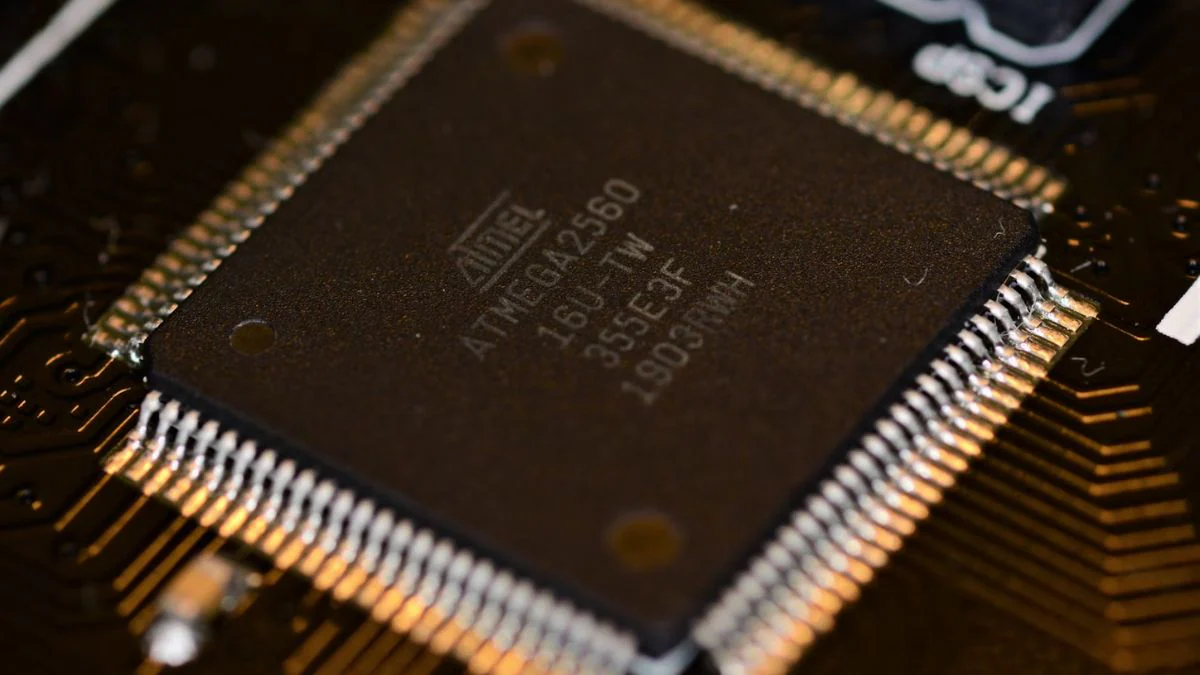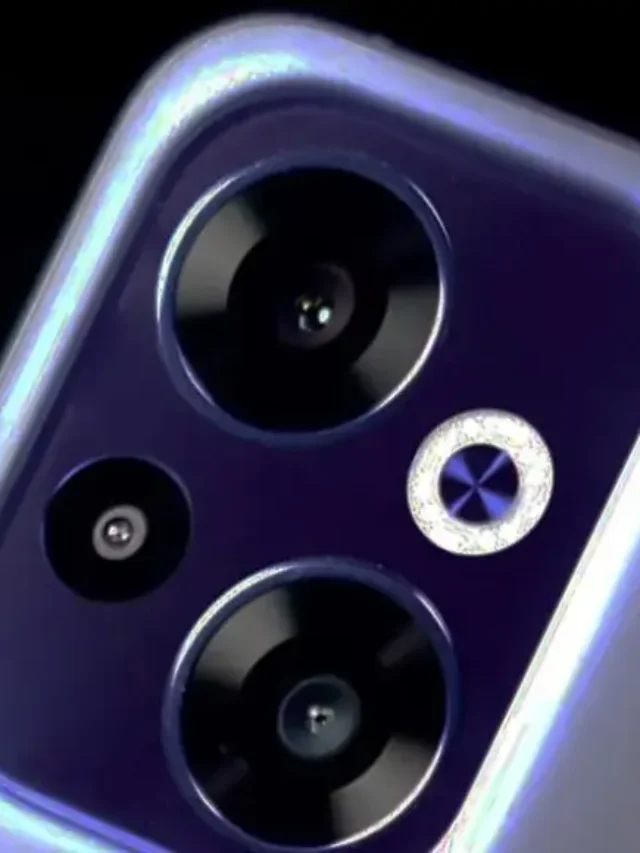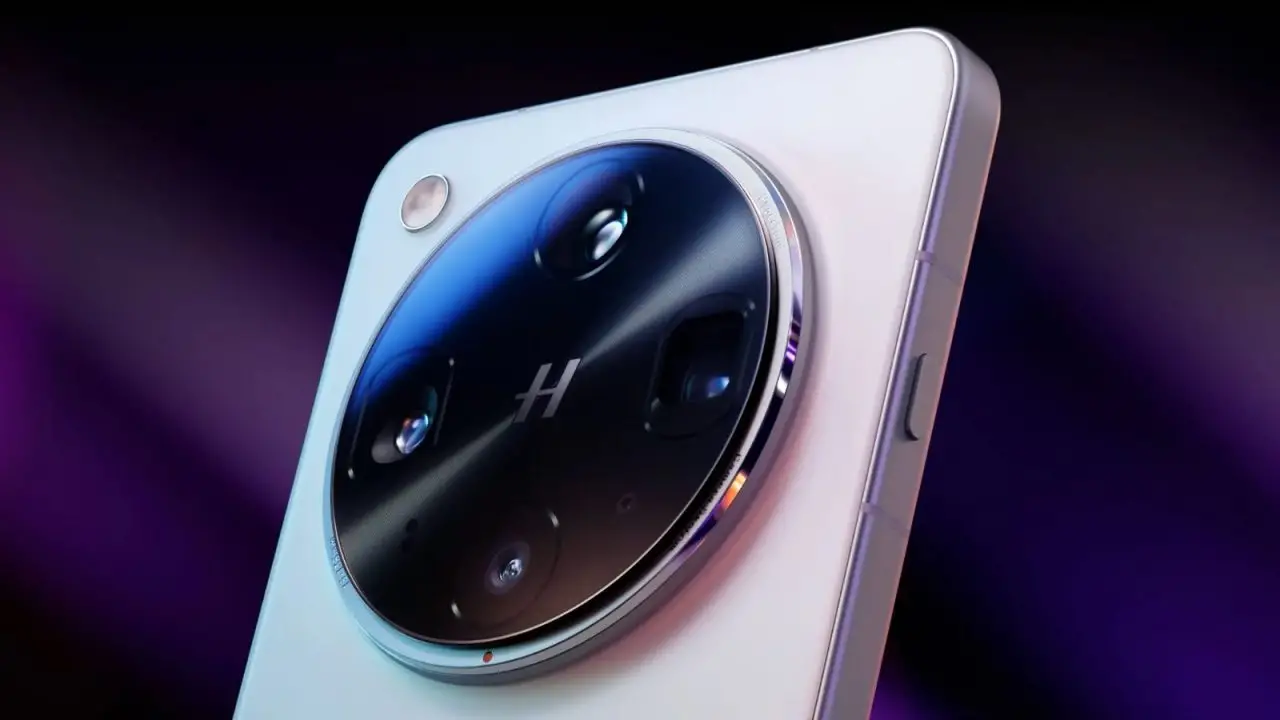The world of smartphone and device storage is about to take a big leap forward. The next-generation Universal Flash Storage (UFS 5.0) standard is almost ready, and it promises speeds that could transform the way we use our gadgets. According to the standardization body JEDEC, UFS 5.0 is in the final stages of development and brings major improvements in both performance and power efficiency.

Double the Speed of UFS 4.0
The current UFS 4.1 standard offers up to 5,800MB/s bandwidth. With UFS 5.0, that figure nearly doubles to 10,800MB/s. This is comparable to the PCIe Gen5 NVMe SSDs used in high-end laptops.
What does this mean for users?
- Faster app launches
- Smoother AI processing
- Quicker image and video generation
- Reduced lag in heavy multitasking
In addition, the per-lane transfer speed has doubled to 6,400MB/s, ensuring that next-generation processors can work without bottlenecks.
Power Saving + Reliability
Speed isn’t the only upgrade. UFS 5.0 also focuses on energy efficiency and data security.
- A new link equalization technology reduces signal noise, ensuring stable communication.
- Inline hash security has been added to protect against unauthorized access and data tampering.
- Backward compatibility with UFS 4.0 and 4.1 ensures smooth adoption.
This means devices will not only run faster but also consume less power and remain more secure.
Beyond Smartphones – Into Cars and Consoles
While UFS has traditionally powered smartphones and tablets, UFS 5.0 is expected to expand into:
- In-vehicle infotainment systems
- Wearables
- Gaming consoles
- Edge computing devices
Its combination of high performance and low power consumption makes it ideal for the AI-driven future.
When Will UFS 5.0 Arrive?
Samsung is already working on UFS 5.0 storage solutions. However, experts predict that mainstream adoption may begin around 2027. Until then, an improved version of UFS 4.1 will likely dominate flagship smartphones in 2026.
If JEDEC’s 10GB/s+ standard becomes reality, it could mark one of the biggest performance jumps in mobile storage history.









